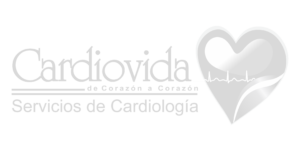Holter Monitor
The Holter electrocardiogram, or Holter monitor, is a device that records and stores the heart's electrical activity over a normal day of life (24 hours). This test, named after the physician Norman Holter who invented it, helps detect rhythm abnormalities in the heart, especially useful for diagnosing arrhythmias, which are irregular heartbeats.
Although it provides less detailed information than a standard electrocardiogram due to using fewer electrodes, the Holter monitor continuously records the heart’s rhythm over a 24-hour period. It can also be used for 48-hour recordings. In special cases, it may be used to study malignant arrhythmias.
The Holter Monitor Allows:
- Continuous evaluation of heart function during a person’s daily activities.
- Diagnosis of different types of arrhythmias (atrial tachycardia, palpitations, paroxysmal supraventricular tachycardia, bradycardia, or ventricular tachycardia).
- Confirmation whether certain symptoms (palpitations, dizziness, fainting, or chest pain) are caused by a heart condition.
- Assessment of treatment with pacemakers or medications used to manage arrhythmias.
Test Preparation
For Holter monitor installation, the following is recommended:
- Take a shower before the exam, as it won’t be possible once the monitor is in place.
- Do not apply creams or ointments on the chest area to ensure proper adhesion of the electrodes.
- If the patient has excessive chest hair, the area may need to be shaved to improve electrode contact.
- Medications should be taken as usual.
You can access this service through your insurance plan or as a private patient. Book your appointment and let us care for you — from heart to heart — with the support of our team of professionals.




